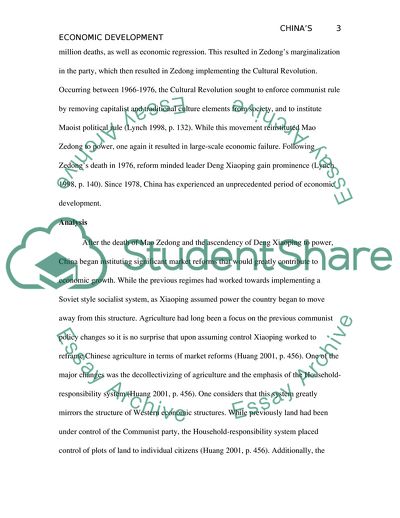Cite this document
(Chinas Economic Development Since 1978 Research Paper, n.d.)
Chinas Economic Development Since 1978 Research Paper. Retrieved from https://studentshare.org/macro-microeconomics/1775455-what-is-the-most-important-features-of-chinas-economic-development-since-1978-why-how-does-it-or-do-they-help-to-explain-chinas-rapid-economic-growth
Chinas Economic Development Since 1978 Research Paper. Retrieved from https://studentshare.org/macro-microeconomics/1775455-what-is-the-most-important-features-of-chinas-economic-development-since-1978-why-how-does-it-or-do-they-help-to-explain-chinas-rapid-economic-growth
(Chinas Economic Development Since 1978 Research Paper)
Chinas Economic Development Since 1978 Research Paper. https://studentshare.org/macro-microeconomics/1775455-what-is-the-most-important-features-of-chinas-economic-development-since-1978-why-how-does-it-or-do-they-help-to-explain-chinas-rapid-economic-growth.
Chinas Economic Development Since 1978 Research Paper. https://studentshare.org/macro-microeconomics/1775455-what-is-the-most-important-features-of-chinas-economic-development-since-1978-why-how-does-it-or-do-they-help-to-explain-chinas-rapid-economic-growth.
“Chinas Economic Development Since 1978 Research Paper”. https://studentshare.org/macro-microeconomics/1775455-what-is-the-most-important-features-of-chinas-economic-development-since-1978-why-how-does-it-or-do-they-help-to-explain-chinas-rapid-economic-growth.


